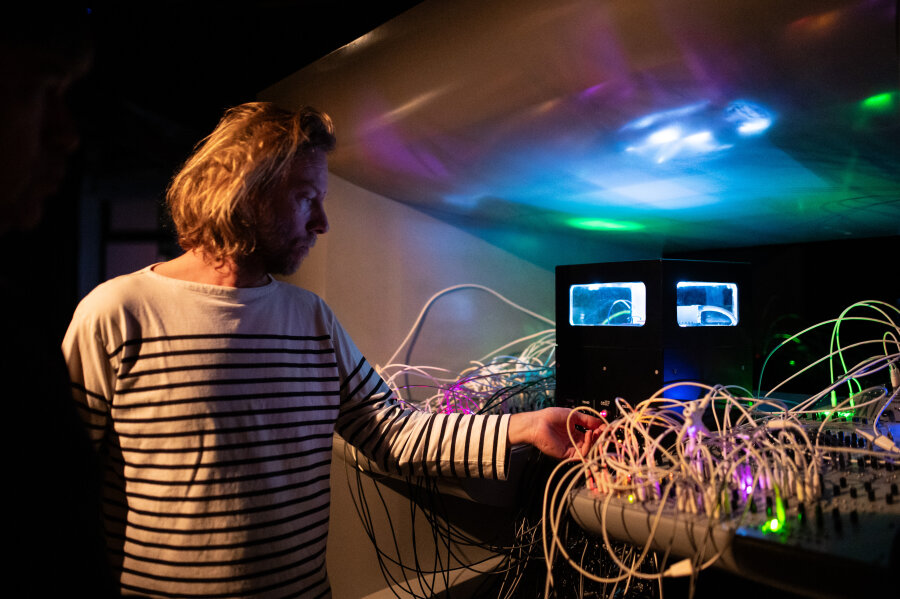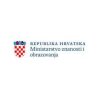The bio-sonic installation "cellF" is the result of years-long work by a group of Australian artists and scientists, Guy Ben-Ary, Nathan Thompson, Darren Moore, Andrew Fitch, and Stuart Hodgetts, on the eponymous project, which combines biotechnology, visual art, sound, and philosophy, exploring the meanings of concepts such as humanity, life, and legacy.
"cellF" is Guy Ben-Ary’s surrogate performer and also the world’s first neural synthesizer. The ‘brain’ of "cellF" consists of Ben-Ary’s biological neural network, grown in a Petri dish, which in real time controls a series of analogue modular synthesizers specially designed to operate in synergy with the neural network. It is a fully autonomous, “wet,” analogue instrument. Ben-Ary provided a biopsy from his arm, cultivated his skin cells, and then, using induced pluripotent stem cell technology, transformed these skin cells into stem cells and differentiated them into neural networks. He grew them on specialized substrates to become his ‘in vitro brain’. The neural networks control the modular synthesizers in real time, producing sound.









